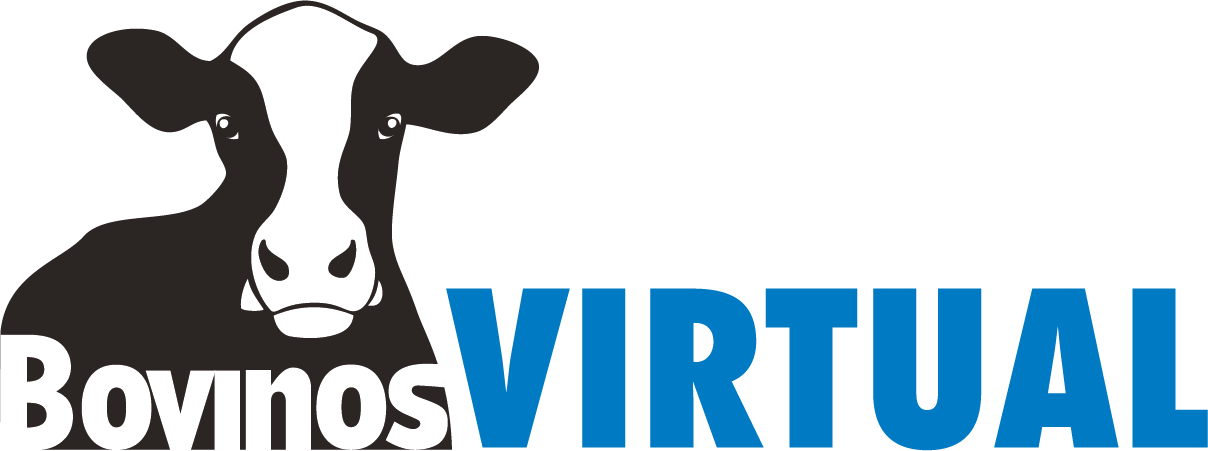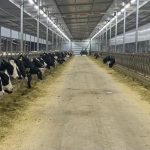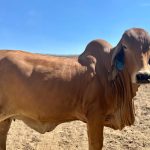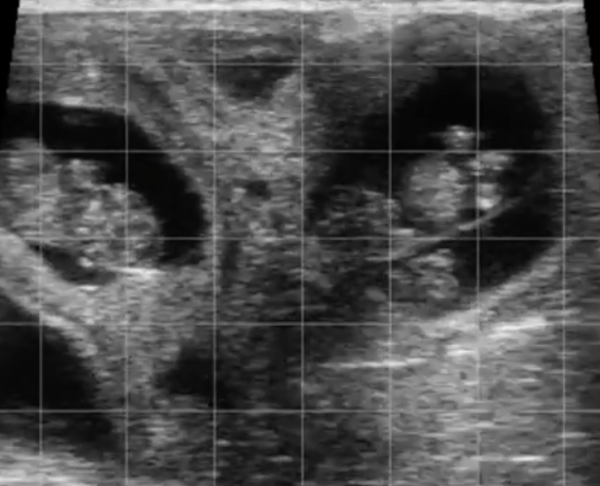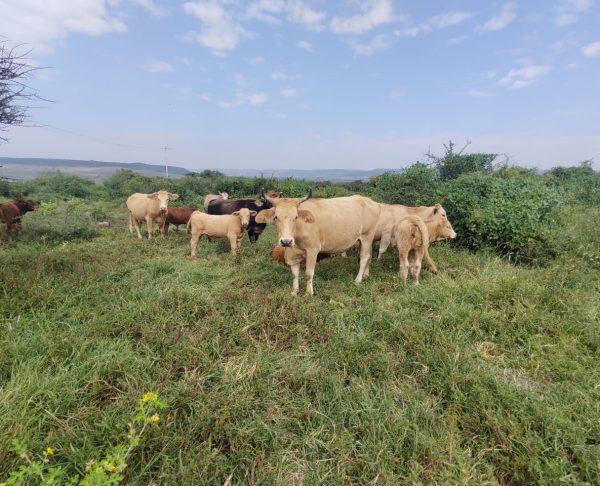Artificial insemination in cattle is a technique that has revolutionized the cattle industry, offering a series of benefits for both breeders and animals. It consists of the introduction of semen from a bull into a female bovine without the need for natural mating. Although it sounds complicated, it is actually a simple and very effective practice that has considerably improved reproduction in cattle.
One of the main benefits of artificial insemination is that it allows selective genetic improvement. Breeders can carefully select semen from bulls of high quality and desirable traits to improve cattle. This means that they can select for traits such as disease resistance, milk or meat production and other aspects important for cattle breeding. By using semen from proven and successful sires, the possibility of obtaining high quality offspring and better performance is increased.
Another important benefit is the increase in production. With artificial insemination, more offspring can be obtained in a shorter period of time. Instead of waiting until the female is in heat and looking for a bull to mount, insemination can be scheduled at the appropriate time. This increases the reproductive efficiency of the herd and speeds up the breeding process. In addition, by using semen from high-yielding bulls, milk or meat production can be improved in the offspring, which translates into greater economic benefits for farmers.
Artificial insemination also reduces the risk of transmission of venereal diseases. During natural mating, bulls can transmit sexual diseases to females. However, with artificial insemination, this risk is eliminated, since there is no direct physical contact between the animals. This helps maintain a healthy herd and reduces the need for costly treatments and lost time due to disease.
Artificial insemination also allows for greater genetic diversity. By being able to access semen from bulls from different regions and countries, breeders have the opportunity to introduce new bloodlines into their herds. This avoids the problems associated with inbreeding, which contributes to the health and vigor of the animals. Genetic diversity also provides the ability to better adapt to different environmental and climatic conditions, resulting in greater resistance and survival of livestock.
Another benefit is ease of handling. Artificial insemination is a fast and safe process that can be performed by trained personnel. It does not require the presence of a bull, which eliminates the risks associated with natural mounting, such as injury to the animals or handling personnel. In addition, artificial insemination can be performed at any suitable time and place, providing flexibility to farmers and facilitating breeding planning.
Finally, artificial insemination also offers advantages in terms of transportation and access to semen from quality bulls. Through semen banks, breeders can access a wide variety of genetic options without having to move animals or incur transportation costs. This is especially beneficial for those in remote areas or with difficulty accessing quality bulls. In addition, frozen semen can be stored and used at the right time, which facilitates logistics and breeding planning.
This technique has revolutionized the livestock industry, making it possible to obtain animals that are healthier, more productive and adapted to the needs of breeders.
